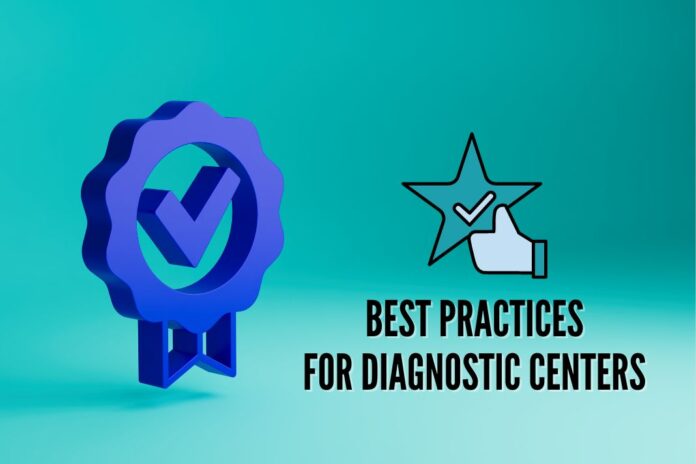Quality assurance in diagnostic imaging is essential for ensuring accurate diagnoses, patient safety, and compliance with regulatory standards. This article explores the vital role of quality assurance in diagnostic centers, highlighting best practices that ensure the delivery of high-quality healthcare services.
1. Rigorous Equipment Maintenance
Learn how diagnostic centers prioritize the regular maintenance and calibration of imaging equipment to guarantee optimal performance. Routine inspections and proactive servicing minimize downtime and reduce the risk of diagnostic errors.
2. Accreditation and Certification
Discover the significance of seeking accreditation and certification from recognized bodies, such as the American College of Radiology (ACR). Accreditation signifies adherence to stringent quality standards and can enhance the reputation of diagnostic centers.
3. Continuous Staff Training
Explore the importance of ongoing training and professional development for radiologic technologists and healthcare staff. Keeping abreast of the latest imaging techniques and safety protocols ensures the highest level of patient care.
4. Patient-Centered Care
Learn how quality assurance practices extend to patient-centered care, including effective communication, addressing patient concerns, and minimizing radiation exposure while maximizing diagnostic accuracy.
5. Adherence to Regulatory Standards
Understand the critical need for diagnostic centers to comply with national and local regulatory standards. Adherence to guidelines ensures patient safety, maintains legal compliance, and prevents potential liabilities.
6. Standardized Imaging Protocols
Explore the implementation of standardized imaging protocols to ensure consistent image quality and interpretation. These protocols facilitate accurate diagnoses and minimize variations in results.
7. Data Security and Privacy
Learn how diagnostic centers prioritize data security and patient privacy. Robust cybersecurity measures protect sensitive patient information, and strict privacy policies build patient trust.
8. Incident Reporting and Quality Improvement
Discover the significance of incident reporting and quality improvement programs. Diagnostic centers use these mechanisms to identify areas for improvement, implement corrective actions, and prevent errors from recurring.
9. Radiation Dose Management
Understand the importance of monitoring and managing radiation doses in medical imaging. Implementing dose reduction strategies safeguards patient health while preserving diagnostic efficacy.
10. Patient Feedback and Satisfaction
Explore the role of patient feedback and satisfaction surveys in quality assurance. Listening to patient concerns and actively seeking feedback helps diagnostic centers improve their services.
11. Interdisciplinary Collaboration
Learn how diagnostic centers foster collaboration among radiologists, clinicians, and support staff. Effective communication and teamwork are integral to delivering high-quality diagnostic services.
12. Audit and Performance Metrics
Discover how diagnostic centers use audits and performance metrics to evaluate the effectiveness of their quality assurance programs. These measures help identify areas for improvement and track progress over time.
Conclusion
Quality assurance is the cornerstone of diagnostic imaging in healthcare. By implementing best practices, diagnostic centers can ensure the highest standards of patient care, accuracy in diagnoses, and compliance with regulatory requirements. Prioritizing quality assurance not only safeguards patient safety but also upholds the integrity and reputation of diagnostic centers in the ever-evolving healthcare landscape.








